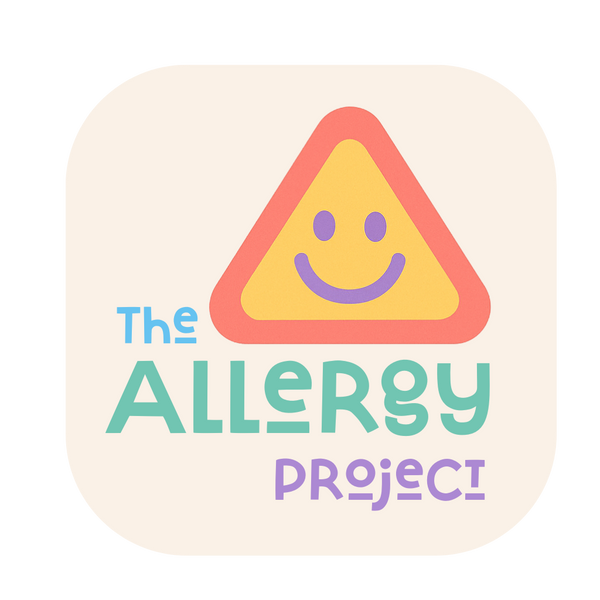A story from one mum to another, for anyone navigating the world of childhood allergies.
It was meant to be a treat.
Just a simple peanut butter biscuit from a little café we’d been to before, the kind of place where everything feels familiar. We weren’t thinking twice. Why would we? My son Max had never shown signs of allergies before. He took a bite — and within seconds, I watched my world tilt on its axis.
His lips began to puff up. Red blotches spread across his cheeks.
Then he began to cough — a sharp, choking sound — and suddenly, he couldn’t catch his breath.
He was struggling. Truly struggling.
I called an ambulance in a panic, still unsure what I was witnessing.
When the paramedics arrived, they were calm but swift. “It’s anaphylaxis,” one of them said. “He needs adrenaline. You’ll need to carry an auto-injector from now on.”
That was the moment life changed for us.
The World Became a Different Place
Overnight, the ordinary became terrifying.
Supermarket aisles suddenly looked like obstacle courses.
Birthday party invites came with anxiety instead of excitement.
Family gatherings — once a comfort — now needed checklists and gentle but firm conversations.
Cross-contamination. “May contain.” Factory warnings. Ingredient lists in tiny print.
These things started to dominate our daily lives.
And worst of all? The fear in Max’s eyes. He started asking:
“Mummy, will this make me stop breathing?”
He was just six at the time. No child should carry that kind of fear.
How We Cope Now — Our New Normal
We’ve had to completely rethink how we live — and we’re still learning every day.
We never go anywhere without two adrenaline pens.
We’ve taught Max to ask every adult: “Does this have nuts?” even when it feels uncomfortable.
At home, we practise what to do if something ever goes wrong again. It’s hard, but it helps him feel more in control — and gives us a small sense of preparation.
At school, we worked closely with staff to put a clear plan in place:
-
All teachers and lunchtime staff have had allergy training.
-
There’s an emergency care plan stored with his medication.
-
His classroom is now food-free to avoid accidental exposure.
We check every label, every time — even on the products we think we know. We’ve had to explain our situation so many times: to friends, to relatives, to other parents. It’s exhausting, but necessary.
And still, despite everything we do, Max carries worries that no seven-year-old should have to carry.
His Worries Break My Heart
“Will my friends still like me if I can’t eat birthday cake?”
“What if I forget to ask?”
“What if someone gives me the wrong sandwich?”
These are the kinds of thoughts that run through his mind — not football or cartoons or how many biscuits he can sneak after dinner.
There are nights I lie awake thinking of all the ‘what ifs’. But mostly, I lie awake wondering how I can make him feel less different, less anxious. How to give him back some of the carefree joy every child deserves.
If You’re Just Starting This Journey…
I want to say this to you, from one parent to another:
You did not cause this.
You are not being overprotective.
You are not alone.
The world isn’t built for children with severe allergies — but that doesn’t mean they don’t belong in it. There are ways to make it safer. There are support groups, practical tools, helpful resources, and other parents who understand what you’re going through.
It’s okay to feel overwhelmed. It’s okay to feel scared. But please, ask the questions. Speak up, even when it’s uncomfortable. Share your child’s allergy status with schools, clubs, family members, and even other parents at the playground.
It’s better to have an awkward conversation than face a medical emergency.
Teach your child early on how to advocate for themselves — not out of fear, but out of confidence. The goal isn’t to wrap them in cotton wool, but to equip them with knowledge and self-assurance.
We’re still figuring it all out. But every day, we get a little bit stronger — and so will you.

